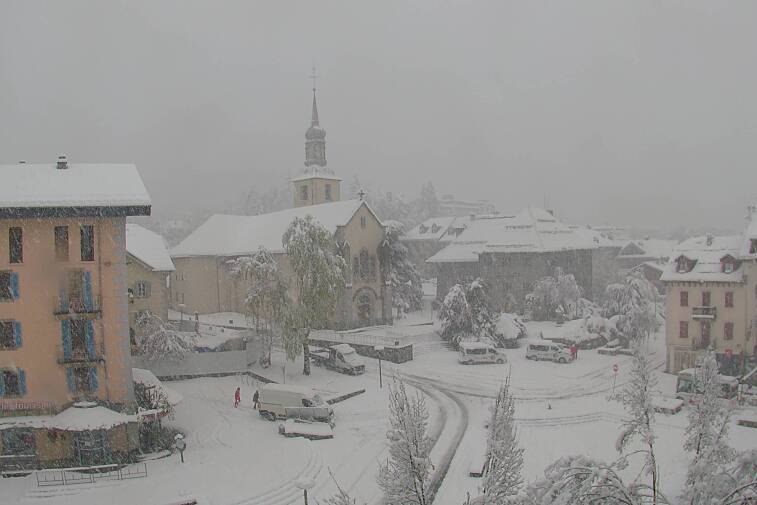
Getting Around Guide
How to get around in Chamonix
There's plenty going on in Chamonix. But unlike many resorts, Chamonix is spread out. So it pays to know how to get around.
Chamonix has a great public transport system. Best of all, it’s free to use as long as you have a guest card (ask your chalet host or hotel reception for a ‘carte d’hôte’).
Your two main options are the bus and the train. Yes, Chamonix has its own train line.
In summer, you’ve got the option of cycling too. Much of the Chamonix valley is actually pretty flat, which makes it a joy to get around on two wheels.
This is our quick guide to getting around the Chamonix valley.
Jump to
Chamonix Mobilité local buses

The bus service in Chamonix is very complicated, which is surprising considering it's a bi-directional valley. There are numerous lines that run up and down the valley at varying intervals, with all of them stopping at Chamonix Sud Bus Station at some point. Read our guide for more information.
Mont Blanc Express train

The Mont Blanc Express runs hourly between Saint-Gervais and Martigny, making regular stops through the Chamonix valley and offering convenient access to ski areas like Vallorcine.
Travel is free with a guest card between Servoz and Vallorcine, but fares apply beyond that. It's a quieter alternative to the bus and connects easily with SNCF trains at Saint-Gervais.
Driving in resort

Whilst it’s tempting to drive between Chamonix’s resorts, parking can be difficult during peak seasons and it’s not exactly ideal for the environment. If you do drive, carpool when possible and ensure your vehicle has winter tyres or chains between late November and early April.
Taxis

You can find taxis outside the main train station in Chamonix, but there aren’t many and they often go home after the last train at 20:00. It’s a good idea to book your taxi in advance and ask for a price before you travel.
Biking around Chamonix

Chamonix has invested heavily in its cycle network, with smooth paths now running from Les Praz to Les Houches - ideal for families.
Towards Les Tines and Argentière, the terrain gets steeper, making it better suited for experienced cyclists. Casual riders may prefer to stop around Les Tines.
On foot

Central Chamonix is pedestrian-friendly and easy to explore on foot, but walking between villages is mostly practical only in summer.
For easy access to ski lifts without public transport, consider staying in Les Praz, Argentière, or Les Houches, or near to the Brévent lift, which is a 15-minute uphill walk from the town centre.




























